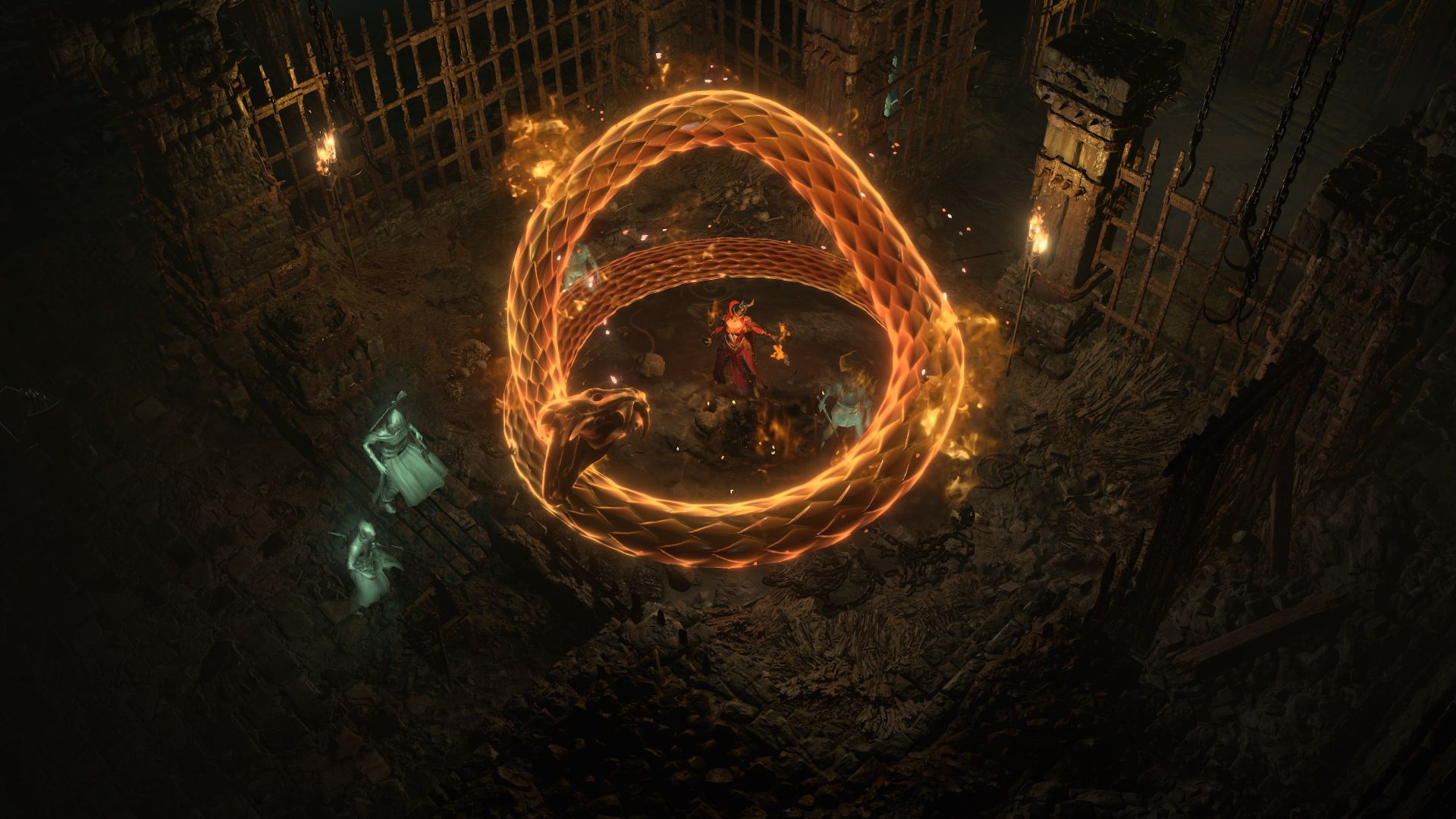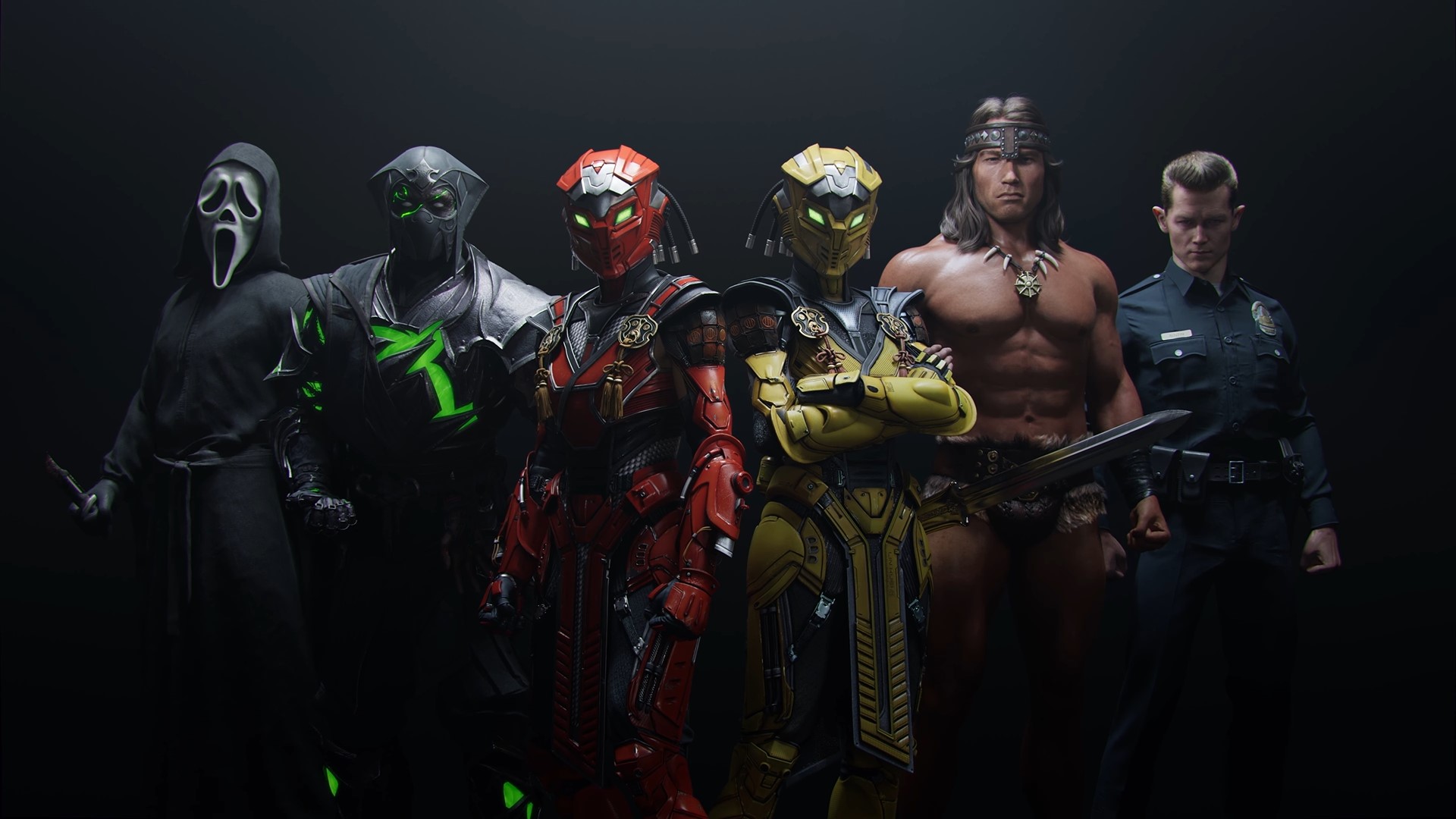
Ironwood Studios’ Pacific Drive is a road trip game about taking a drive through a disintegrating, irradiated reality; it’s as if American Truck Simulator was set in a lonely, survivalist version of Fallout. Transported — either accidentally or on purpose, it’s not clear — into the Olympic Exclusion Zone somewhere among the wooded slopes of the Pacific Northwest, the nameless player character must pilot a dilapidated station wagon deeper into this territory, where gravity and matter obey their own rules.
Pacific Drive is not really about driving, although it is about the car. In a preview build covering the game’s first few hours, the game had a nitty-gritty loop of looting, crafting, and exploration, reminiscent perhaps of No Man’s Sky on harder difficulty settings, where the primary goal is gathering enough material to patch up your retro wagon just enough to make the next few miles. Eventually, you will begin to improve your car — transforming this rusting heap, with its missing panels and cardboard-box storage, into a custom exploration vehicle for the end of the world, loaded with Mad Max-style welded armor and homebrew technology straight out of Ghostbusters.
The design of Pacific Drive borrows some elements from roguelites, too. The game consists of a series of runs from the same starting point: a shelter/garage where you can park, modify, recharge, and refuel your vehicle. Each run takes you through randomized “junction” areas on your way to a mission destination, at which point your only option is to trigger a “gateway” — a giant, raging beam of light that pierces the earth — and drive into it to return home and start again. Holding your car together through each of these journeys, and returning with enough bounty to upgrade it for the next run, is what Pacific Drive is all about.
:no_upscale()/cdn.vox-cdn.com/uploads/chorus_asset/file/25211927/pacific_drive_1.png)
Image: Ironwood Studios/Kepler Interactive
It’s a terrific premise, especially backed up by the game’s appealing vision of an abandoned, late-20th-century sci-fi wasteland where anomalies glitch and spark amid the towering evergreens and gravity storms lash the landscape. Based on the preview build, which includes the introductory missions, it’s a premise Pacific Drive will deliver on — even if it gets in its own way a little to begin with.
This is a complex game that doesn’t explain itself very well, with an overloaded UI and some funky control scheme decisions. It’s not an attempt to be intentionally inscrutable or mysterious; Pacific Drive just trips over itself a fair bit in the process of introducing itself. That results in a measure of frustration as you muddle through the crafting options and try to keep up with the torrent of information about everything that is potentially wrong with your car. This is one of those games where it might be a good idea to restart a couple of hours in, once you’ve actually got your head around it.
Some of Pacific Drive’s readability has also been sacrificed — justifiably, perhaps — in the name of upholding its impeccable retro aesthetic. Set in an alternative late ’90s — but also in a no man’s land that seems to have been abandoned by military, corporate, and scientific interests a decade or two earlier than that — Pacific Drive is a world of glowing cathode ray tubes and chunky pixelated typefaces, set right at the inflection point between late analog and early digital technology. The car is equipped with a radio that whines and distorts as it plays fragments of illustrative chat and low-fi driving tunes (a nicely curated selection of licensed tracks that vibe perfectly with Pacific Drive’s vision of Simon Stålenhag post-apocalypse and remembered childhood road trips).
:no_upscale()/cdn.vox-cdn.com/uploads/chorus_asset/file/25211935/pacific_drive_2.png)
Image: Ironwood Studios/Kepler Interactive
One of Ironwood’s best decisions is to fully ground the player in the physical reality of this world by allowing full first-person camera control even when driving, and insisting the player consult an elaborate, in-universe map/information system called the ARC Relay installed in the passenger seat rather than bring up a menu screen or rely on a HUD. It helps immersion so much to glance over your shoulder at an anomaly while driving, or tilt the view so you can keep one eye on the road and the other on your hulking, flickering proto-GPS.
It’s worth noting, as well, that this isn’t a high-speed racing game. The driving in Pacific Drive is about coaxing cautious off-road exploration out of your aging station wagon, picking your way gingerly through eerie tableaux of posed crash test dummies, and always remembering to switch off the ignition and put the car into park when you stop (lest you waste fuel idling or let the car roll off down an incline).
There’s some kind of story here, too, delivered by the disembodied voices of other Zone-dwellers who offer guidance over the radio. They spin up some lore around “Remnants,” which are what they call miraculously functioning pieces of technology that exist within the Zone — including your car — that exert a mystical power over their owners. But this exposition is surplus to requirements. I don’t need the game’s plot to explain to me that my world revolves around this car. Pacific Drive’s design and mechanics already make sure of that.
Pacific Drive will be released on PlayStation 5 and Windows PC (via Steam and the Epic Games Store) on Feb. 22.








